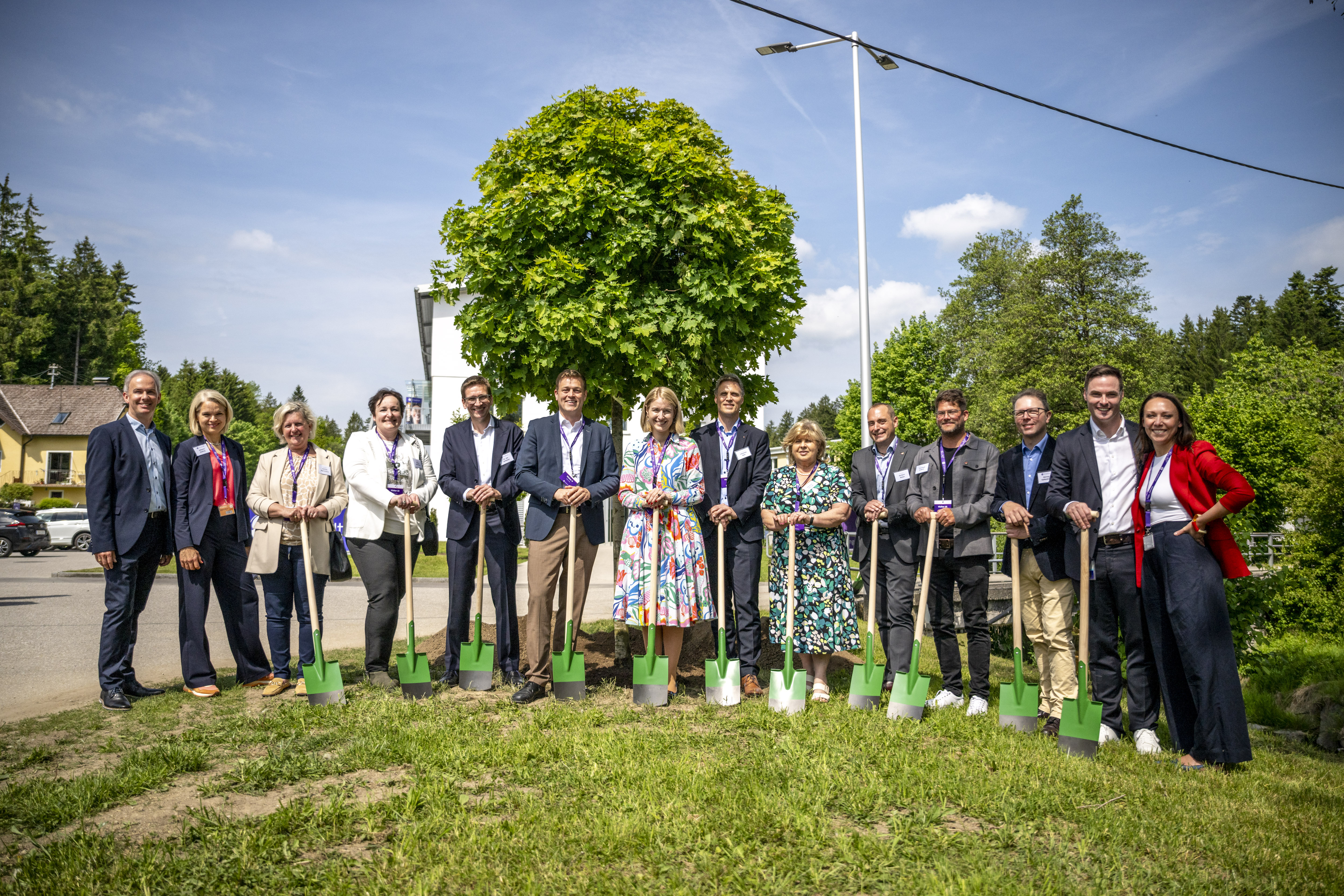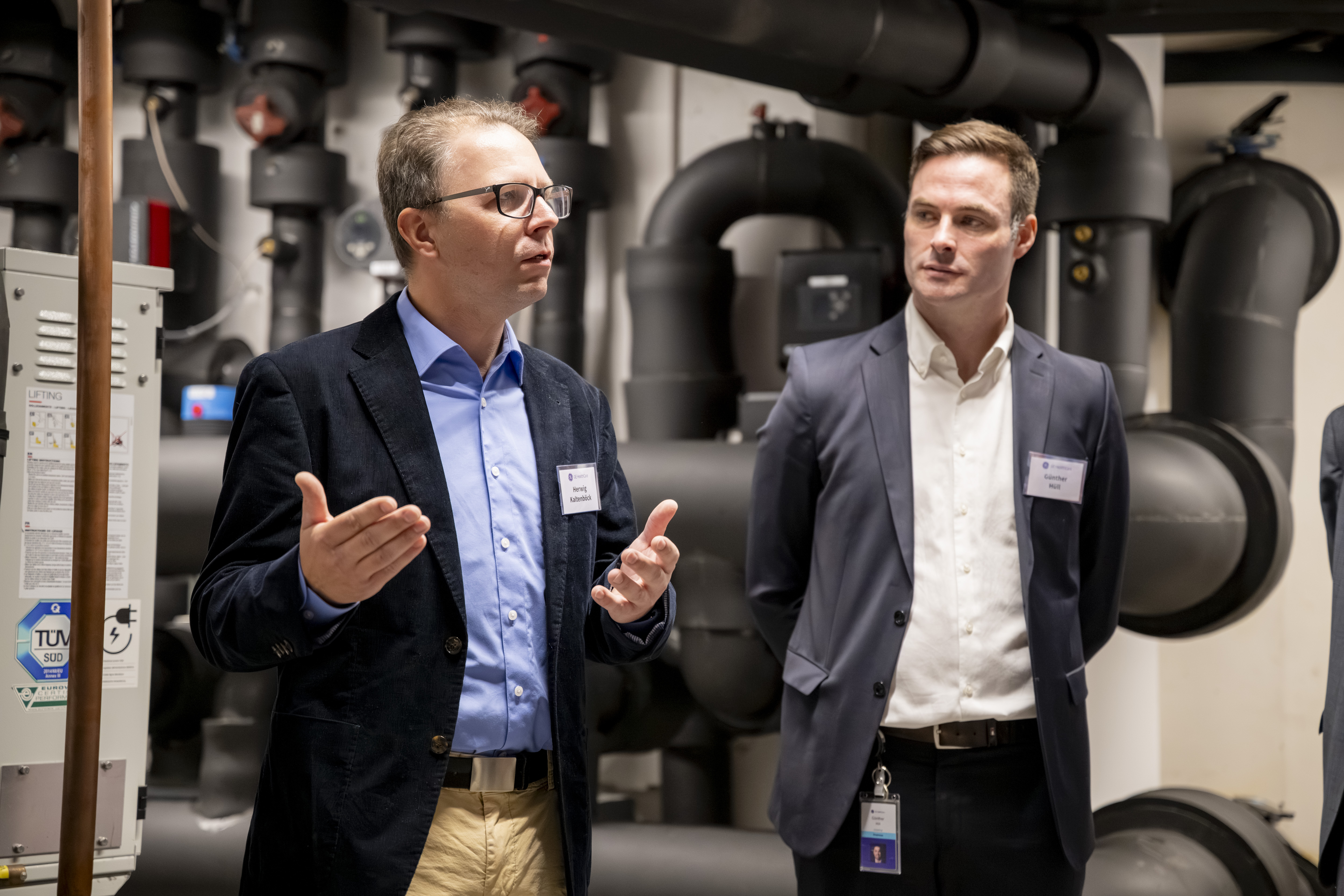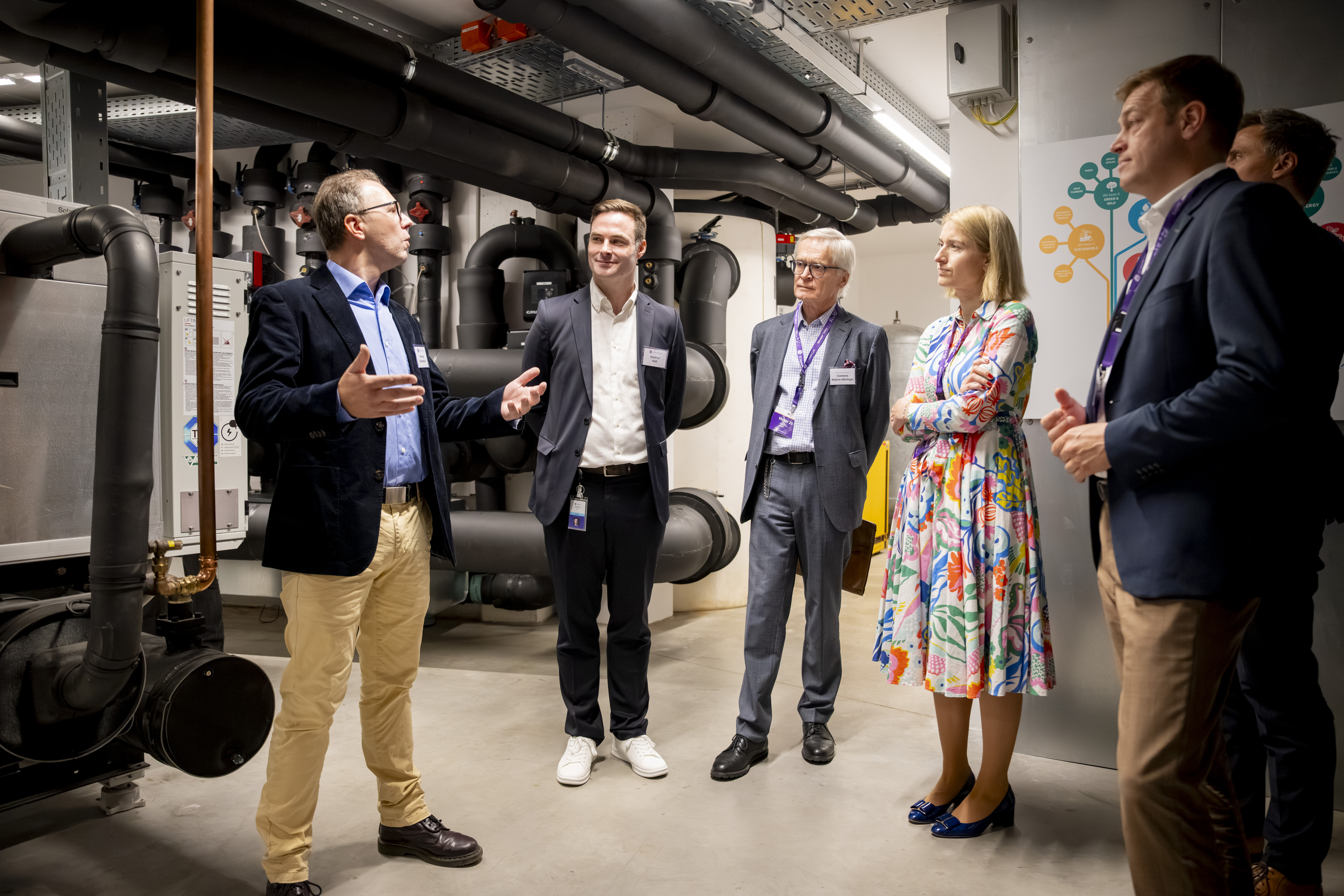Austria has long been at the forefront of environmental leadership, with national policies targeting carbon neutrality, renewable energy adoption and environmentally conscious innovation. The drive to reduce emissions stems from preserving the country’s clean air, clear water and biodiverse landscapes for future generations. The GE HealthCare facility in Zipf, Austria, is proving how that national mission can be achieved at the local level—and why it makes solid business sense.
In 2025, the Zipf facility became the first GE HealthCare manufacturing facility in Europe and the Americas to operate with zero greenhouse gas emissions, operating with onsite solar photovoltaic (PV) panels, heat pump systems and electricity purchased from certified renewable providers. It’s a notable moment—not only for the environmental benefits but for how it demonstrates the alignment between sustainability, resiliency and market expectations.
Many procurement decision makers expect sustainability to exert greater influence over the next ten years. “Customers want to know the environmental and social impacts of our products,” says Herwig Kaltenboeck, the senior environmental health and safety manager who helped drive the transformation journey. “Transitioning to zero emissions demonstrates that we take this seriously and adds value to our products.” In addition to continued improvement of products, sustainability efforts increase business and supply chain resiliency in the wake of energy disruptions that could be caused by geopolitical events, natural disasters or other unforeseen circumstances.
Fostering a sustainability culture
The transformation in Zipf began 15 years ago with incremental but powerful steps. Awareness campaigns, energy-saving posters and the formation of a colleague-led “Green Team” helped create a sustainability-minded culture so that bold ideas could, over time, turn into meaningful action.
“It was bringing a ‘green mindset’ to our colleagues,” says Kaltenboeck. “Sustainability wasn’t a goal; it became a core part of how we operate.”
By starting with achievable, incremental improvements—such as installing smart meters to monitor electricity consumption and water-efficient restroom fixtures—the Zipf team helped build momentum toward longer-term goals. “Collectively, we wanted to make an impact quickly—and because our site is near a lake and mountain, protecting our surrounding environment became a personal motivator for all of our colleagues at the start,” says Günther Hüll, the facility’s site leader.
From left: Herwig Kaltenboeck and Günther Hüll
After laying a strong foundation, the Zipf leadership team identified an opportunity to implement larger-scale projects. Through GE HealthCare’s colleague-led funding mechanism, which encourages colleagues to pitch projects aimed at reducing carbon emissions, Kaltenboeck secured funding to install solar panels at the Zipf site. In 2023, the team completed the installation of solar roof panels to generate on-site renewable energy, with the rest sourced from certified renewable providers.
“As a global healthcare solutions provider, we need to be at the forefront of change—in our solutions themselves and in their production,” says Hüll. “Zipf shows what’s possible when vision meets action.”
The facility’s energy improvements highlight how ambitious energy efficiency and emissions reduction strategies can become a reality when teams are collectively working toward a common goal. To implement the most suitable on-site renewable energy systems, regional regulations, climate conditions and energy needs must be considered. Local teams can also streamline the installation and maintenance processes, minimizing downtime and maximizing energy production.
Standardizing excellence
In 2025, Zipf became the first zero-emissions GE HealthCare facility in Europe, contributing to the company-wide goal of net zero by 2050. Reducing the environmental impact of manufacturing processes is key, which is why Zipf now serves as a Center of Excellence for Sustainability and a model for other manufacturing facilities working to reduce their carbon footprints.
“Our investments in renewable energy technologies and energy efficiency improvements have allowed us to cut more than 280 tons of carbon dioxide emissions per year—equivalent to 65 gas-powered vehicles driven for a year, or 311,028 pounds of coal burned,” Hüll says. “The site is now more energy resilient, and because of lower energy costs, we expect to see a meaningful return on investment.”
Zipf’s leadership team attributes the achievement to the site’s 400-plus colleagues, who fully embraced the changes and worked collaboratively to turn the vision into reality. “As a healthcare solutions provider, we understand the impact our environment can have on global health,” Kaltenboeck says. “From the shop floor to engineering, everyone was engaged. Even more exciting is that many colleagues embraced these sustainability practices in their personal lives—creating a broader impact in our community.”
Celebrating together
For colleagues and the local community, this success is a reason to celebrate, together.
At a recent event, political leaders, media representatives and GE HealthCare colleagues gathered to commemorate the milestone. “With its zero-emissions site in Zipf, GE HealthCare proves that climate protection and top-tier industrial performance are not mutually exclusive. This investment in the future is a flagship project for Upper Austria’s industrial sector and a strong signal for responsible business practices,” said Stefan Kaineder, regional minister for environment and climate, speaking at the event.
Further, it was an opportunity to showcase the GE HealthCare Zipf facility, which is the Women’s Health Ultrasound division for the region and is at the forefront of obstetric and gynecological technology. In fact, the region’s importance to the field has earned it the nickname “Voluson Valley,” a reference to a groundbreaking ultrasound scanner developed there. The Zipf facility exports to more than 100 countries worldwide. Celebrating such a remarkable milestone with the community was important to colleagues, demonstrating their commitment to preserving the shared environment.
Powering the future
Staying at the forefront of sustainability requires continuous exploration of emerging technologies and expanding efforts across the supply chain. For Zipf, future initiatives include planning for cooling systems powered by heat pumps, expanding rail logistics to reduce transportation emissions and identifying sustainable packaging solutions to reduce waste.
Austria’s national targets aim for climate neutrality by 2040. Zipf has proven that progress is possible when people work together to achieve ambitious goals. It also sends a clear signal: the path to a healthier future requires collaborative solutions.
“We’ve come to understand that sustainability doesn’t just mean climate protection,” Hüll says. “It means responsibility for future generations and for everyone whose lives we touch with our technology.”
Learn more about GE HealthCare’s approach to decarbonization and reducing our environmental impact.




